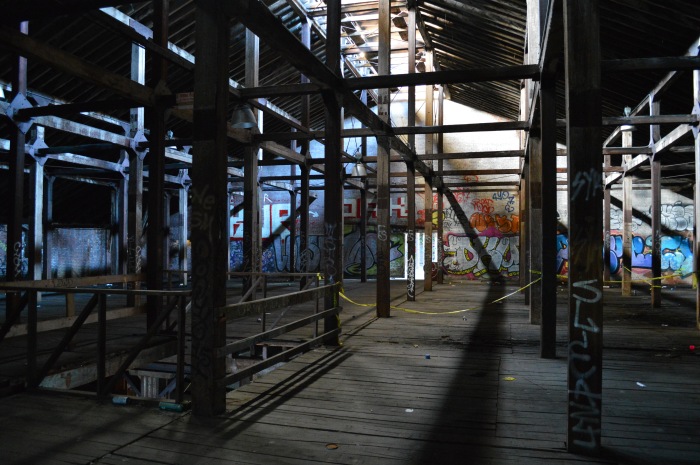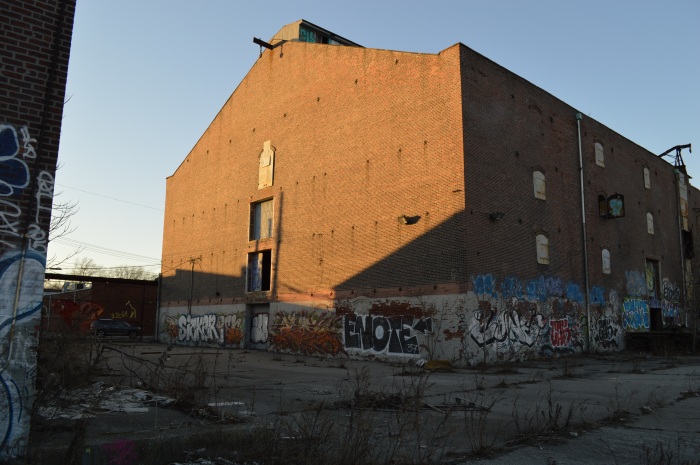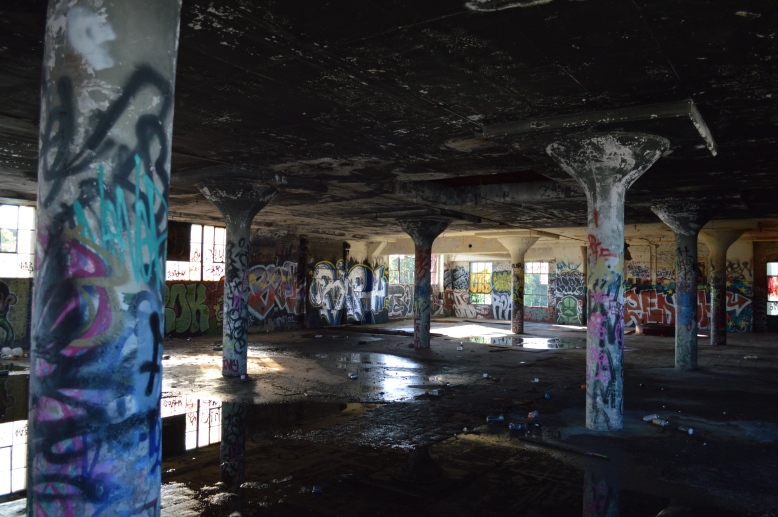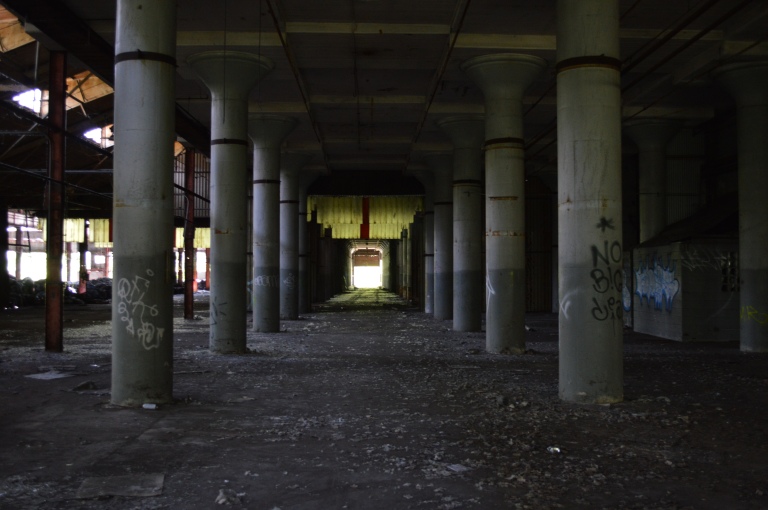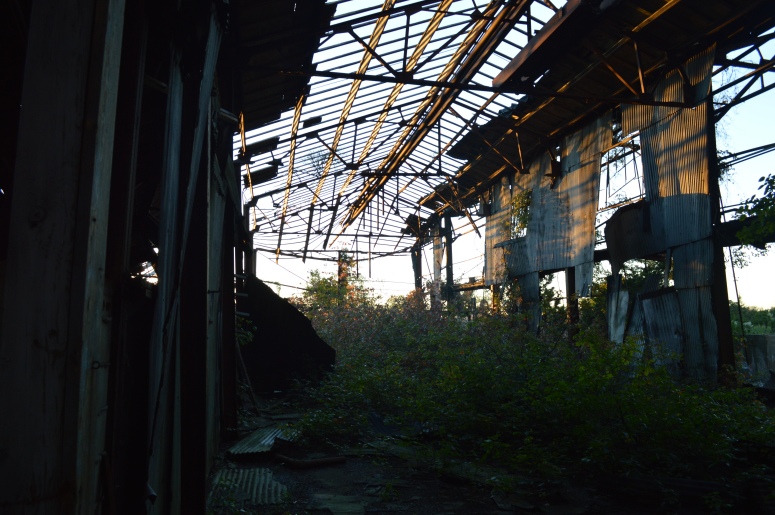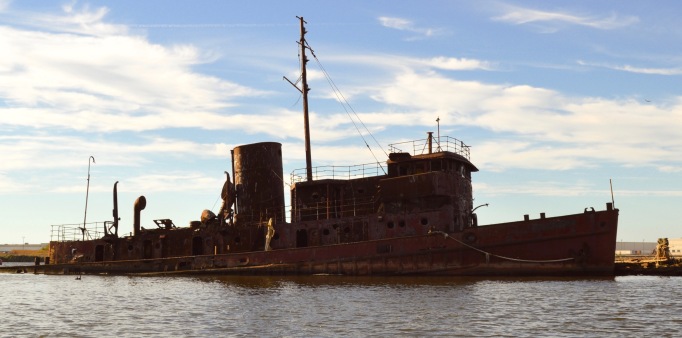
This big red tugboat is probably the most iconic wreck in the graveyard
Old ships don’t get much respect after they’ve been deemed obsolete. No matter how faithful, how old, or how historic, almost every ship will eventually find itself sold for scrap and broken down. The Arthur Kill Shipwreck Graveyard is home to around 100 ships, some of historic significance, doomed to meet this fate. The Bloxom is one of them
The wreck of the Bloxom is probably the most intact and most visible from shore. She was built in West Virginia for the US Army in 1944, originally named the LT-653. After her military career, she was sold to the Pennsylvania Railroad Co, where she worked until being sent here in the 1970’s. She was powered by a oil-fed steam engine, and was used for ocean towing.
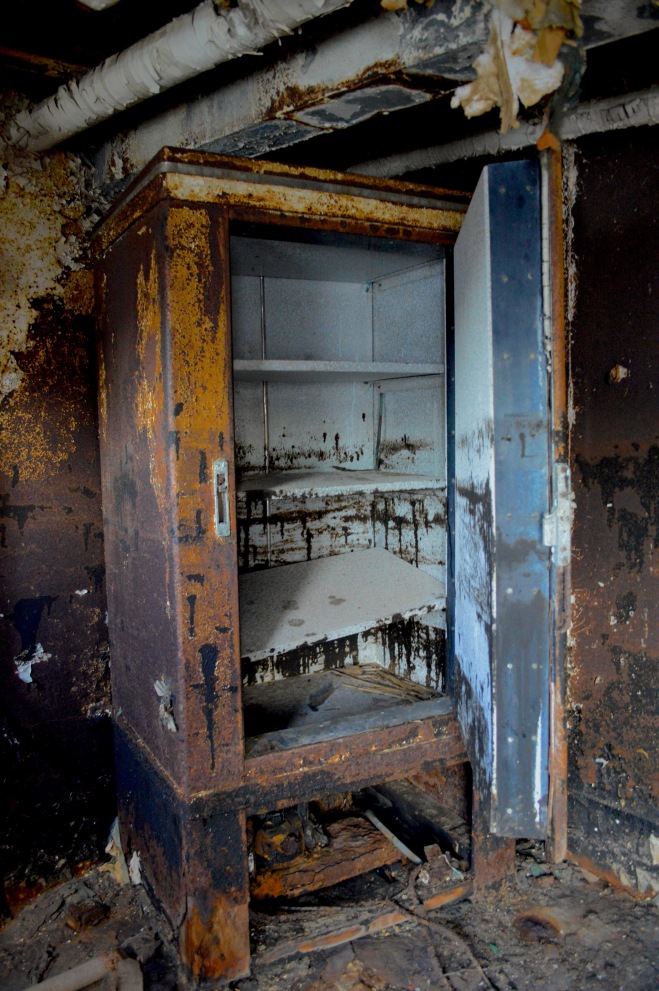
A rusty refrigerator aboard the Bloxom
Getting aboard the Bloxom was tough- i had to tie off my kayak and climb up a rotted hawser that was still dangling over the side. Holes have rusted into the deck in many places, with nothing but foul green water underneath. Sharp, rusty metal was everywhere. While i got out with only a few minor cuts, it could have been much worse.
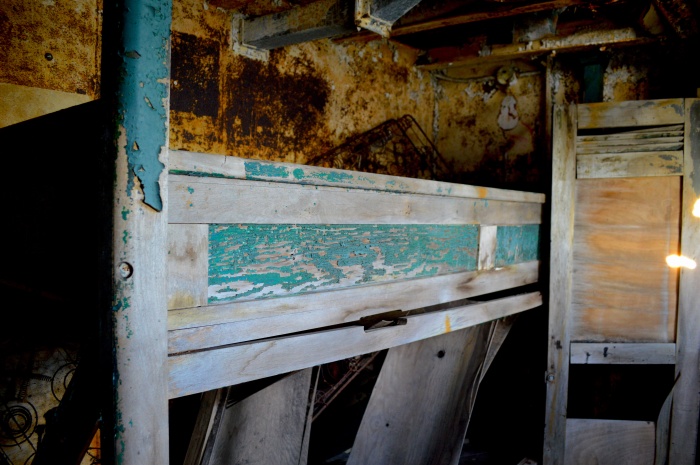
A crew member’s rack(bed) in one of the rooms: you can still see the uncomfortable looking spring mattress. The crew probably would have slept in shifts of 6 hours on, 6 hours off.
The Bloxom has separate quarters, originally designed to house a racially segregated crew.

The tug’s galley, still filled with rusty equipment
Being in the scrapyard, I expected to find the ship totally gutted. I was pleasantly surprised to find a fair amount of furnishing still remaining on board. There were even some rusty old tools scattered around.
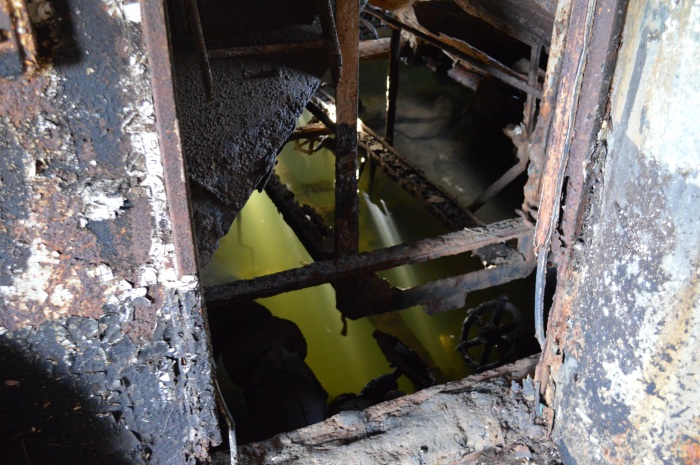 “Sir i think there’s minor flooding in the engine room”
“Sir i think there’s minor flooding in the engine room”
Pretty much everything below the main deck is flooded. More is exposed at low tide, but i would strongly advise not walking anywhere that spends time submerged, as the rust is much worse.
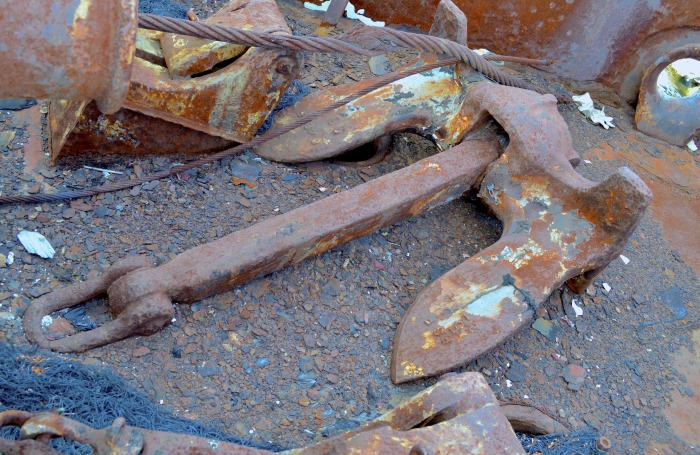 One of the huge stockless anchors resting on the deck
One of the huge stockless anchors resting on the deck
This is not where the anchor is supposed to be… I actually have no idea how it got up here.

The bow

The bridge seen from the bow
 The view from the bridge
The view from the bridge
Unlike almost all abandoned places, i found no trace of activity on the wreck: no graffiti, no footprints, no anything. I don’t know how long its been since someone stood on the bridge and looked out across the bow.

The ship’s other anchor is still held in place
Although the Bloxom is in a scrapyard, she’s so rusty and full of holes that her scrap value is probably very low. Unless somebody decides to do something with her, she’ll sit there in the mud until she rusts away into nothing.
I would not recommend boarding the Bloxom. The floors are so weak and rusty that collapse is a very real threat.
